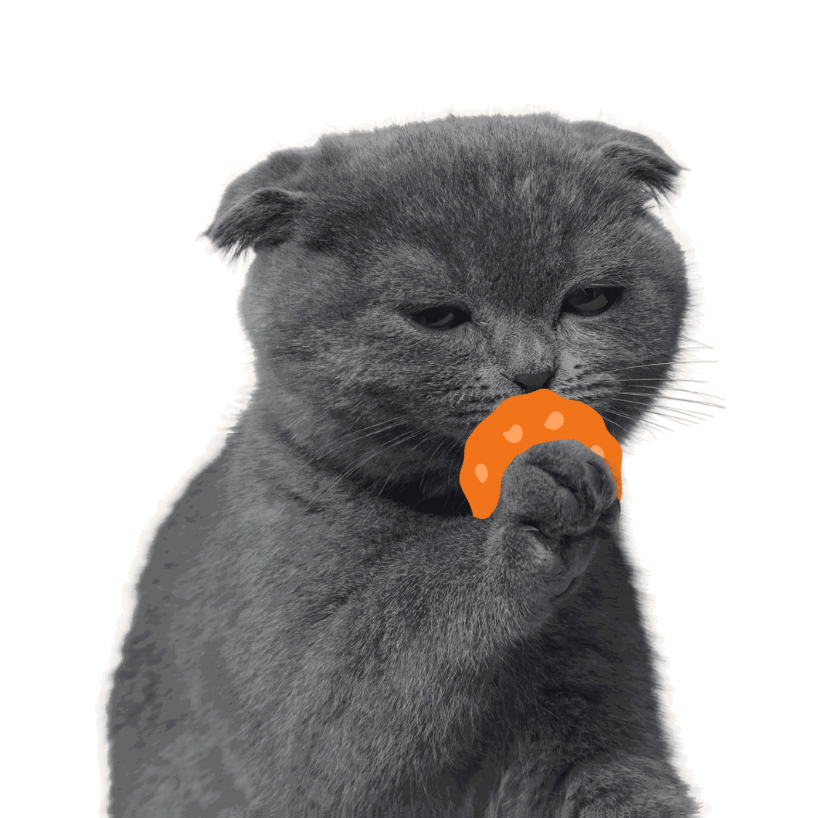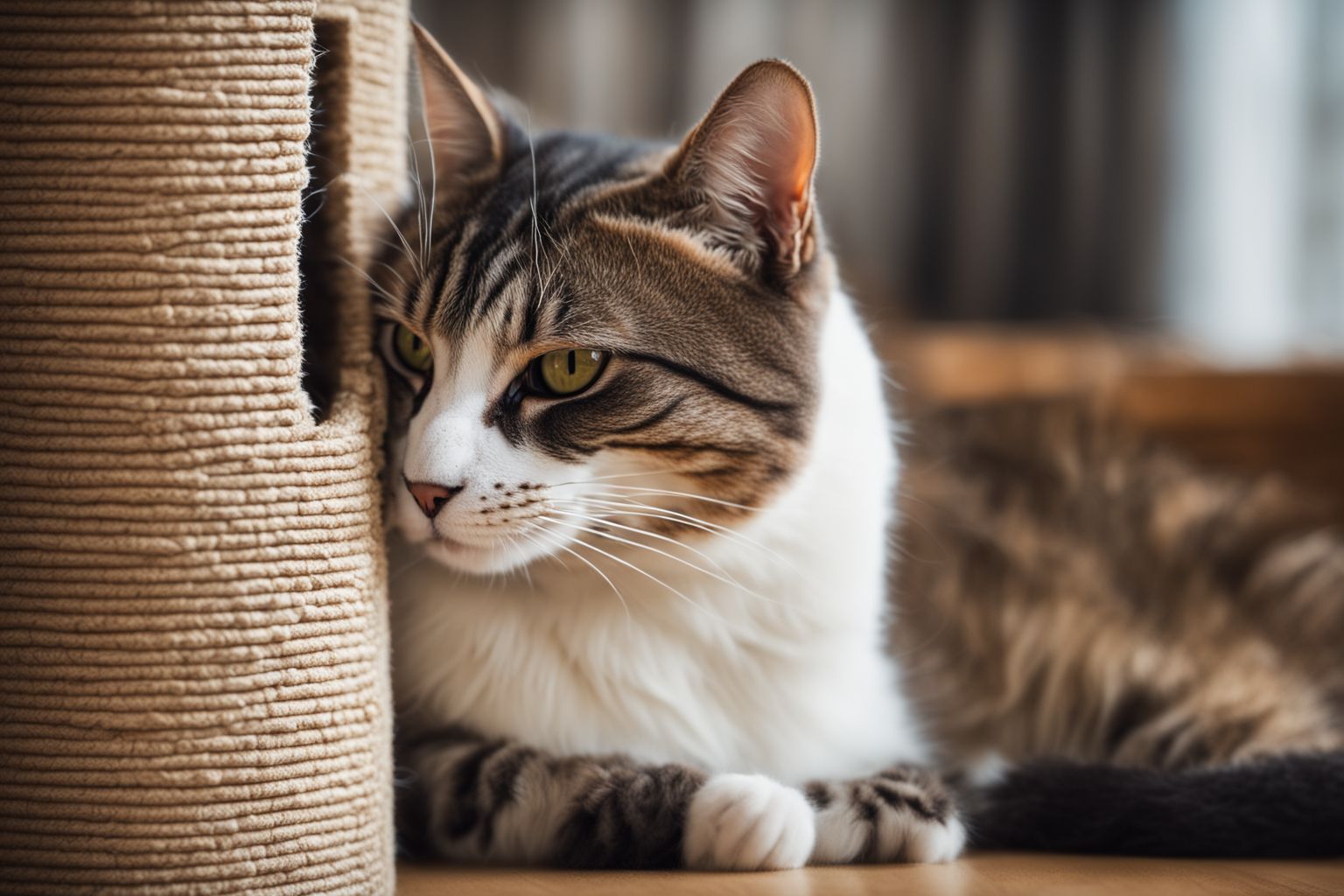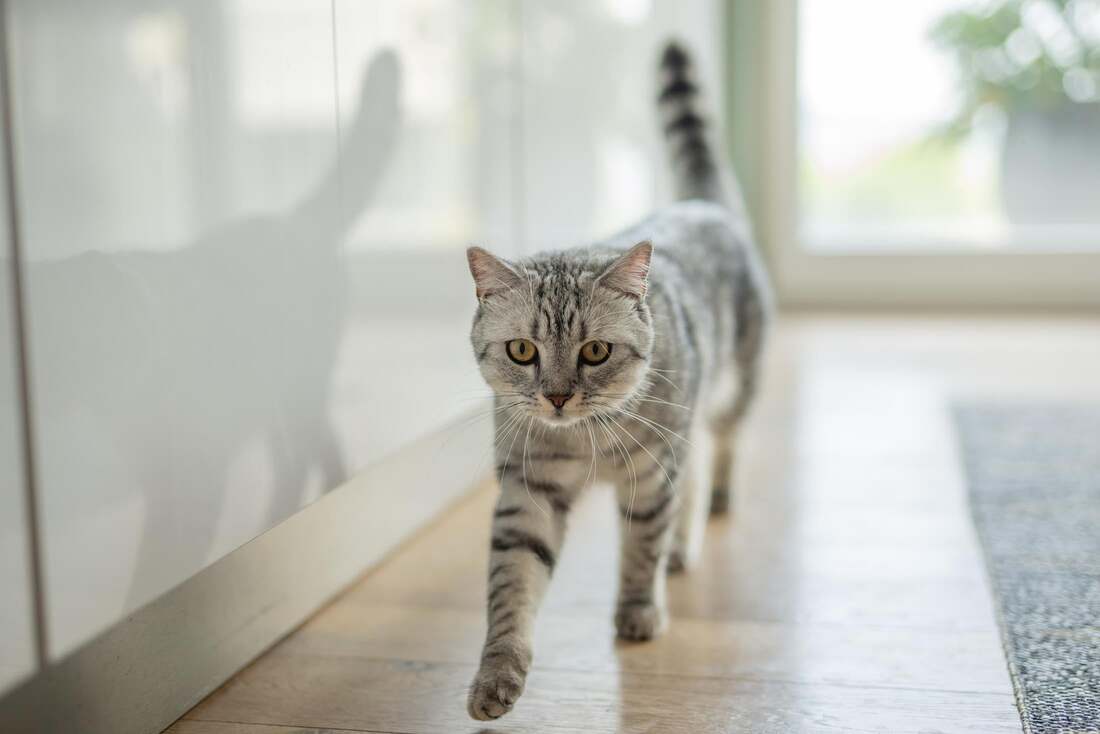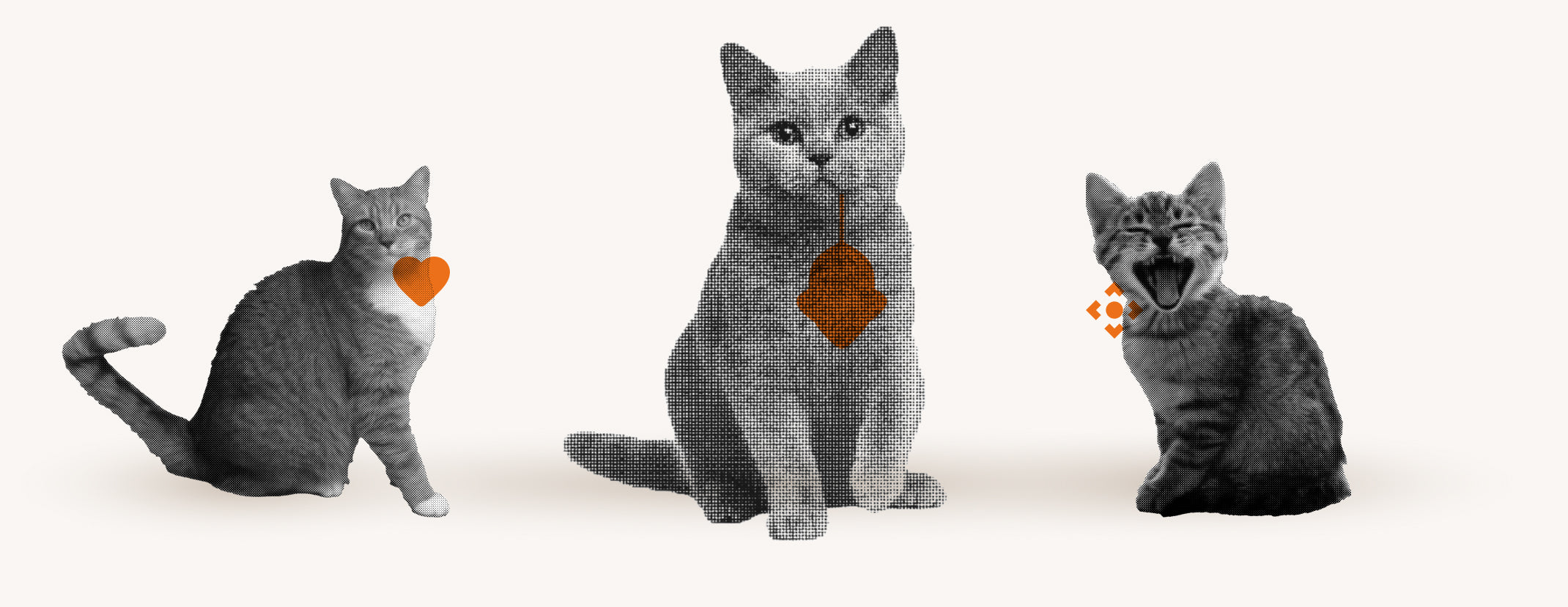Imagine your couch is finally scratch-free and your cat is happy and content. It is frustrating when your beloved furniture suffers from your cat's sharp claws. To achieve this, it is important to understand the causes of scratching and to offer your cat attractive alternatives and enough entertainment.
In this article, you will learn why cats really scratch furniture and get effective tips and a simple action plan to stop furniture scratching forever.
Why Cats Really Scratch Furniture

Cats scratch for a variety of reasons, but the main reason is that it is a natural instinct . This behavior is deeply embedded in their DNA and has important functions. First, scratching helps cats remove the outer layer of their claws. This is similar to when we cut our nails. It ensures that their claws remain sharp and healthy.
But scratching is not just about caring for their claws. Cats also use it to mark their territory. They have scent glands on their paws, and by scratching they leave their individual scent on objects. This smell is imperceptible to us humans, but for other cats it is a clear signal. Here are some reasons why cats scratch:
- To remove the dead nail layer
- For territorial marking
- To stretch and extend your muscles
In addition, scratching is a way for cats to stretch and strengthen their muscles. When they dig their claws into an object and pull, they stretch their entire body muscles. This is not only important for their physical fitness , but also a way to relieve stress. So for cats, scratching is a combination of a manicure, a fitness exercise and a way to feel at home.
5 effective tips to stop furniture scratching

Cats are naturally curious creatures who like to explore their surroundings with their claws. But if the sofa or carpet is suffering as a result, it's time to take action. Firstly , you should make sure that your cat has enough scratching opportunities . This could be a scratching post, a scratching mat or a special scratching board. Place these near the popular scratching spots on your furniture to give your cat an attractive alternative.
Secondly, it is helpful to make the scratching spots on the furniture unattractive to your cat. You can do this by applying double-sided tape or special protective films to the affected areas. Cats do not like this sticky surface and will look for another scratching option. Here are a few methods to make your furniture less appealing:
- double-sided adhesive tape
- protective films
- Natural deterrents such as lemon juice or vinegar (test in an inconspicuous place)
Third, it is important to observe and understand your cat's behavior . When she starts scratching, gently but firmly redirect her to her scratching post. This can be done with a toy or by gently pushing her in the right direction. Be sure to praise and reward your cat for using the right scratching spots. This will encourage positive behavior and strengthen the bond between you and your pet.
Finally, fourth , you should keep your cat busy and play regularly. Boredom and excess energy can be reasons why cats scratch furniture. Offer interactive toys or play with them yourself to keep them occupied. And fifth , keep your cat's claws well maintained by trimming them regularly or having them trimmed by a professional. With these simple tips, you can effectively reduce furniture scratching while promoting your cat's well-being.
Scratching alternatives: How to make the scratching post more attractive than the sofa

To make the scratching post more attractive than the sofa, it's important to offer different scratching alternatives . Place scratching posts and mats in your cat's favorite rooms so that she always has a scratching option nearby. You can also try different materials and shapes to find out what appeals to your cat most.
There are a few tricks to make the scratching post irresistible to your cat:
- Use catnip or special attractant sprays to attract your cat's interest.
- Hang toys on the scratching post that invite you to play and scratch.
- Place the scratching post next to a sunny window or a favorite resting spot to make the location more attractive.
Remember that patience and consistency are keys to success. When you catch your cat using the scratching post, praise them immediately. This will reinforce the positive behavior and help your cat understand that the scratching post is the right place to scratch. Over time, your cat will ditch the sofa and enjoy their own scratching paradise instead.
Positive reinforcement: praise instead of punishment

Positive reinforcement is an effective way to shape your cat's behavior. Instead of punishing her when she scratches the sofa, reward her when she uses her scratching furniture. This shows her that she has done something good. Cats quickly learn that good behavior is associated with positive things, such as:
- treats
- caresses
- playing time
Timing is key to using positive reinforcement properly. You should reward your cat immediately after the desired behavior. This way, your cat will understand the connection between their behavior and the reward. Reward them every time they use the scratching post or other suitable scratching spot to reinforce that behavior.
Remember that every cat is different and may find different things rewarding. It's important to find out what motivates your cat the most. This could be toys , food or your attention . Once you know their preferences, you can use these as rewards for positive behavior and prevent scratching furniture in the long term.
Persistent Scratching: When the Cat Doesn't Stop
Sometimes, despite your best efforts, a cat won't stop scratching furniture. If the scratching is persistent , it's important to understand the underlying reasons. It could be that the cat is feeling anxious or stressed , perhaps due to changes in the environment or the social structure of the household. Boredom or lack of activity can also cause it to keep returning to the furniture.
To deal with stubborn scratching, you can consider the following steps:
- Check whether there are enough scratching opportunities and whether they are designed to be attractive to your cat.
- Observe whether the scratching might be territorial marking , especially if there have been changes in the household.
- Make sure your cat gets enough play and interaction to release excess energy.
It's crucial to use non-physical corrections to change behavior. This means avoiding punishments that may trigger fear or aggression. Instead, indirect methods such as noise or remote control can help create the association between scratching and unpleasant experiences. Patience and consistency are key to helping your cat learn that scratching furniture is not a good option.
Your Action Plan: Training Cats in Simple Steps
The first step in your action plan is to be patient and understand that cats don't learn overnight. Start by setting up scratching opportunities , such as scratching posts or mats, in different areas of your home. Make sure they are sturdy and attractive to your cat so that he will prefer to scratch there rather than your furniture.
Next, you should observe and guide your cat. When she starts scratching furniture, gently guide her to the designated scratching spots. Here are some ways you can do this:
- Use a toy to get her attention.
- Lead her to the scratching post and show her how to sharpen her claws there.
- Reward her immediately when she uses the scratching opportunities to reinforce positive behavior.
Repeat these steps regularly and be consistent with your responses. When your cat uses the scratching post, reward her with a treat or your attention. This will make her associate scratching on the post with something positive and she will prefer to sharpen her claws there. With time and consistent practice, your cat will adopt the new behavior and your furniture will be spared.
Flappie's intelligent cat flap: Your partner in cat training
Flappie's smart cat flap is more than just a door for your cat - it's an important partner in cat training . When it comes to preventing unwanted behavior like bringing prey, Flappie offers an effective solution. The cat flap uses artificial intelligence to detect when your cat comes home with prey and then prevents entry. Here are some advantages of the Flappie cat flap that make it an indispensable helper:
- Selective access control that prevents the bringing of loot into the house
- Prey detection by camera with AI technology
- An app that gives you notifications, videos and statistics
- Easy remote control of the cat flap via your smartphone
- Data protection is guaranteed as no data is sent to external servers Visit https://flappie.ch now to learn more about Flappie and how you can positively influence your cat's behavior with this innovative technology.
Frequently Asked Questions
How do I stop cats from scratching furniture?
To stop cats from scratching furniture, it is important to provide them with plenty of attractive scratching opportunities, such as scratching posts or mats. Make the scratching spots on furniture unattractive, for example by applying double-sided tape or protective film. Observe your cat's behavior and redirect it to the scratching opportunities, reward it for using the right scratching spots and keep it busy regularly to avoid boredom and excess energy. Also keep its claws well groomed.
How do I keep my cat away from the furniture?
To keep your cat away from the furniture, offer attractive alternatives such as scratching posts or mats and place them strategically around your home. Make the furniture unattractive for scratching, for example with double-sided tape or protective film. Distract your cat when it starts scratching and reward it when it uses the right scratching opportunities. Also make sure it has enough play and interaction to release excess energy.





Share:
Why Cats Bite When Petted: Causes & Tips
Why Cats Bite Their Necks: Causes & Behavior